Today we went out to explore the Northeast side of the Island. Most of the island has been landscaped by César Manrique. This creative mind, born at Arrecife, Lanzarote, wanted to create an island on which his art was to leave an indelible mark. I think he did an amazing job and you can see it in many aspects around the island.
César Manrique studied Fine Arts Academy at Madrid and in 1964, he moved to New York. The direct contact with American abstract expressionism, pop art, new sculpture and kinetic art afforded Manrique a visual culture essential to his subsequent creative development. In the mid-nineteen sixties, he returned to his native island. He undertook a series of landscape artistic projects that were not only entirely new at the time but constituted a statement of his ethical principles. His new aesthetic ideal, called art-nature/nature-art, integrated different modes of artistic expression visible in Manrique’s landscape art: most prominently, Jameos del Agua, El Río Lookout, Cactus Garden and Timanfaya.
When you visit this side of the island there are 9 different experiences, all from his ‘hand’. Take your time to explore this ‘very different’ island. It’s worth it!
Jardín de Cactus or Cactus Garden
Jardin de Cactus was the last intervention work César Manrique performed in Lanzarote. This is the largest cactus plantation of the island. You find around 4,500 specimens of 450 different species, of 13 different families of cactus from the five continents. The cacti are planted in vulcanic created grounds. The colours of the plantation are amazing! Of course, you can have a drink in the coffee shop and there is a gift shop as well. We wandered around for about an hour.
Cueva de Los Verdes
This cave was created around 3,000 years ago by lava flows erupted from the nearby volcano Monte Corona. The top of a lava stream cooled and developed a solid crust, and the lava stream later drained away leaving the top crust as the roof of a cave. In about 20 spots, the roof of the cave collapsed, forming a cavern known locally as a ‘jameo’. The caves extend for 6 kilometres (3.7 mi) above sea level and for another 1.5 kilometres (0.93 mi) below the sea. One ‘jameo’ forms the entrance to the Cueva de Los Verdes. Two kilometres of the cave system was developed for tourists in the 1960s, with the cave walls illuminated by colourful lights. You can only inside the cave with an experienced guide of course. But it’s really worth visiting this interesting natural cave. The more than six kilometres of underground passage goes from the volcano’s crater all the way into the sea, with an underwater section that is one and a half kilometres long, known as the “Túnel de la Atlántida” (Tunnel of Atlantis). The cave is also famous for its concert hall which is located near the entrance and exit of the cave. The concert hall has about 15 to 20 rows with 26 seats in each row, allowing up to 500 people in the concert hall at once.
Jameos del Agua cave ‘the EIGHT wonder of the world’!
Referred to by César Manrique as ‘the most beautiful nightclub in the world’ and by Rita Heyworth, the legendary Hollywood movie star as ‘the eighth wonder of the world’, the Jameos del Agua is arguably the greatest example of the artist’s work on Lanzarote. Los Jameos del Agua, like the Cueva de Los Verdes, is located inside a volcanic tunnel produced by eruptions of the Corona Volcano. Los Jameos is located in the section of the tunnel that is closest to the coast. The name refers to an interior lake caused by infiltrating seawater. It looks like a crystal blue lake inside a cave. Amazing! I have never seen anything like this before.
On our way back we passed via Teguise to see the Valley of thousand Palms. Described by Canarian author Alberto Vazquez as; “Without a doubt the most beautiful village on the island, if not the world”, this palm-filled oasis is green and verdant, providing a stunning contrast to the starker, southern landscapes of Lanzarote. Even César Manrique chose to spend his retirement years here. His house is closed to the public and his final resting place in the pretty cemetery at the edge of the village is open to visitors. Haria lends its name to a wider municipality that basically encompasses the northern wedge of Lanzarote, but the village itself is home to only around 2,000 inhabitants. To be honest .. we did not see the 1.000 palms when driving the winding roads there …
Our conclusion after 2 days driving around the island: it’s such a different island than you imagine when ‘on an island’. The colours, the arty look, the dark volcanic landscapes which are so beautiful. Lanzarote stole our hearts! A must-see for eveyone who wants to experience something different than white sandy beaches!


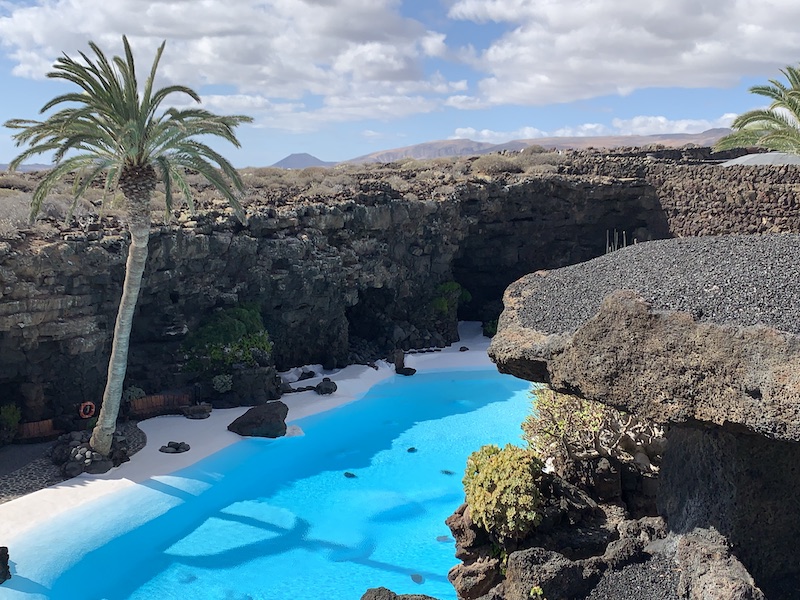


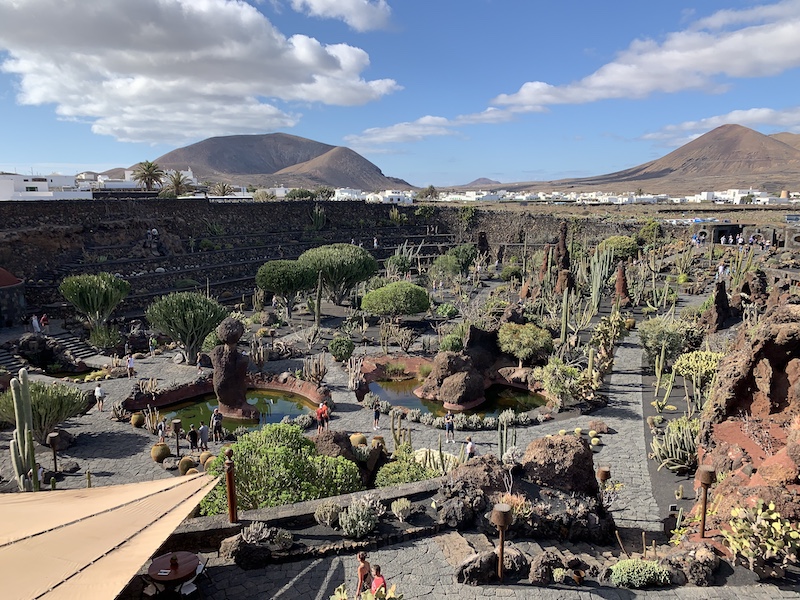
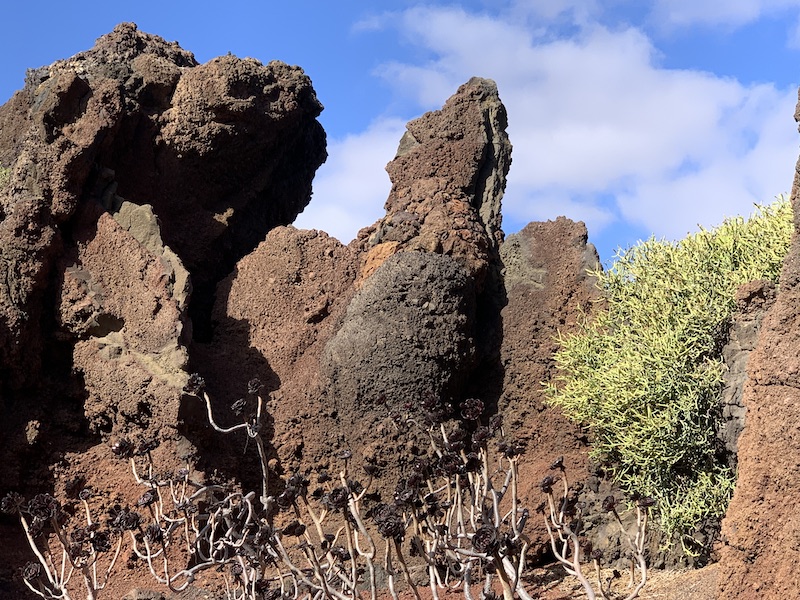
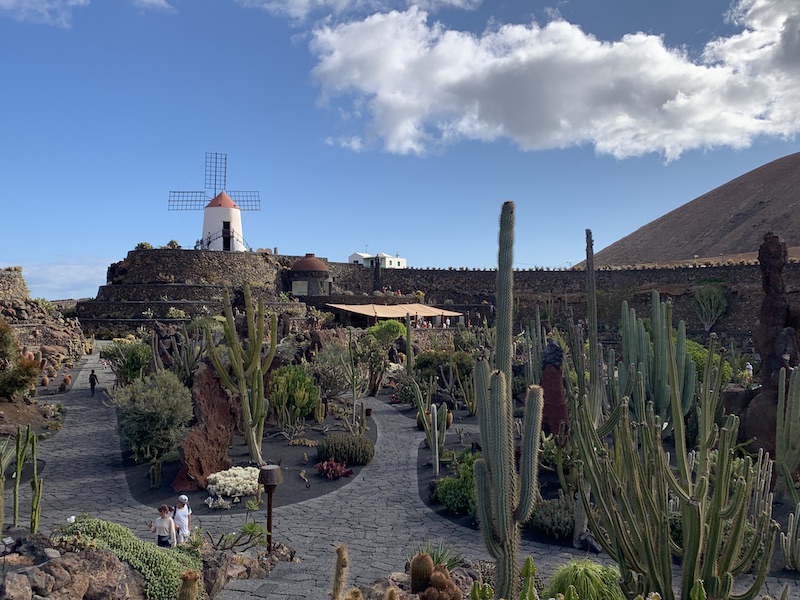
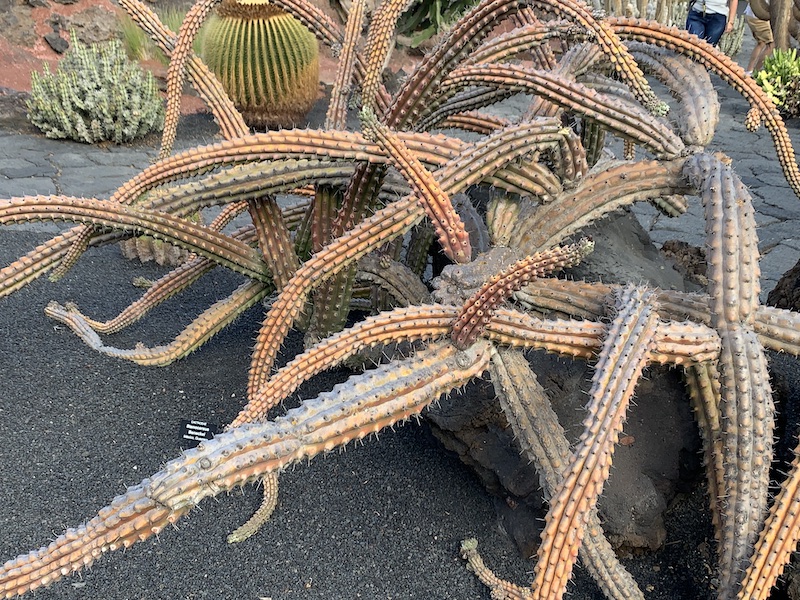
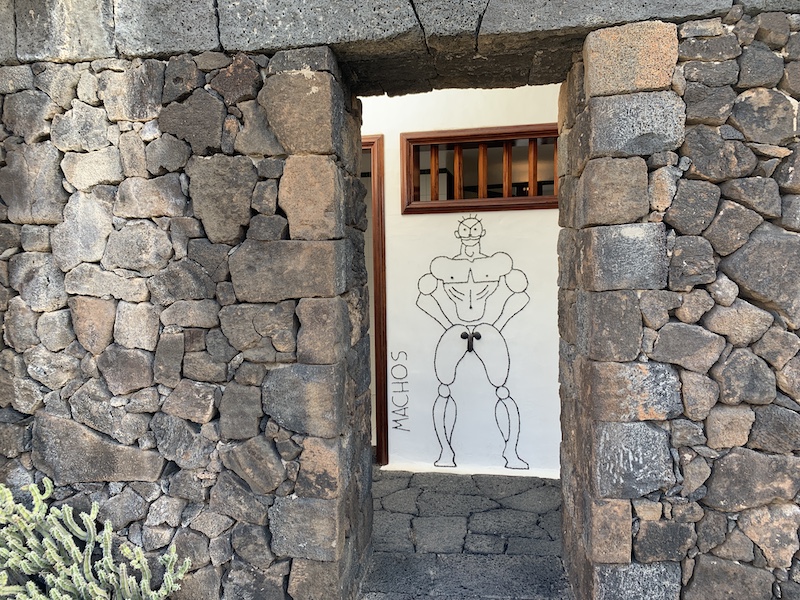
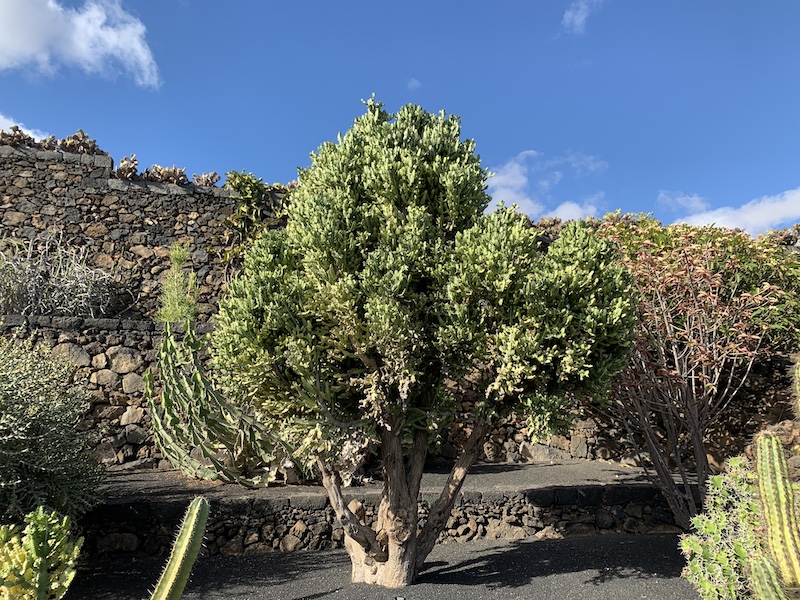
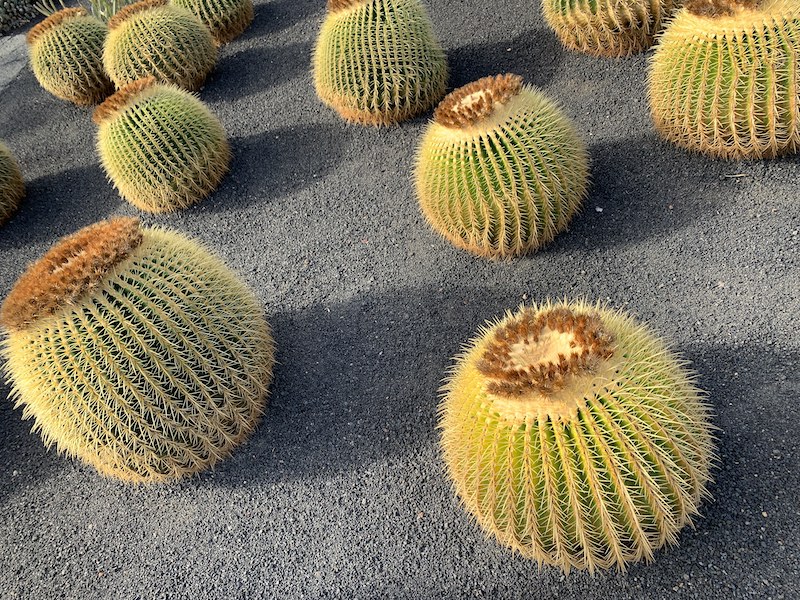

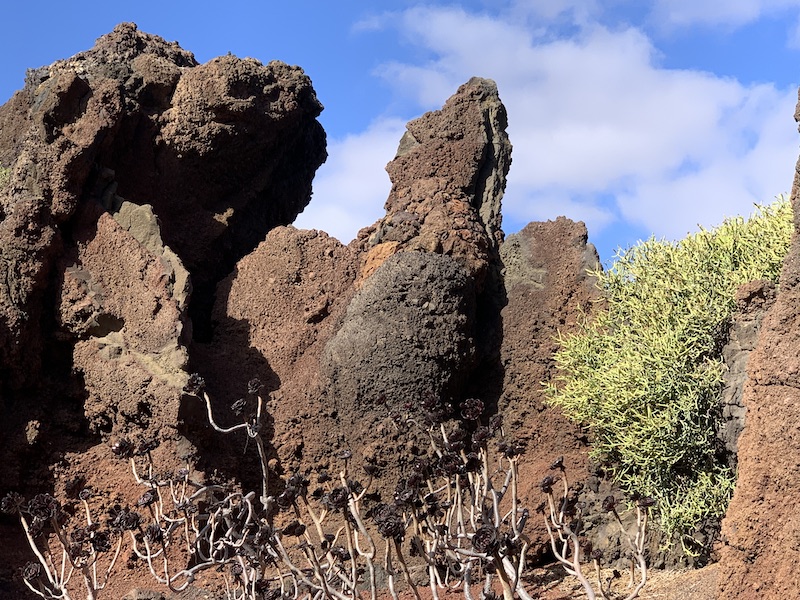
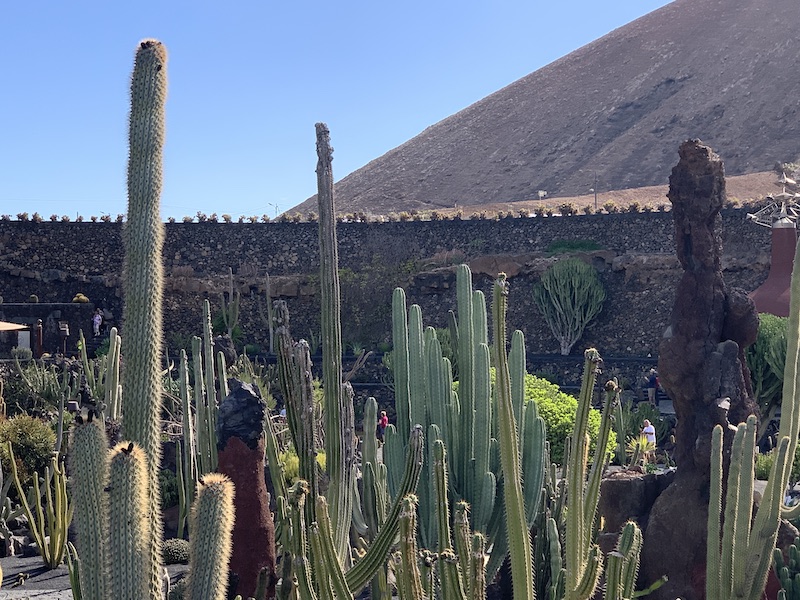
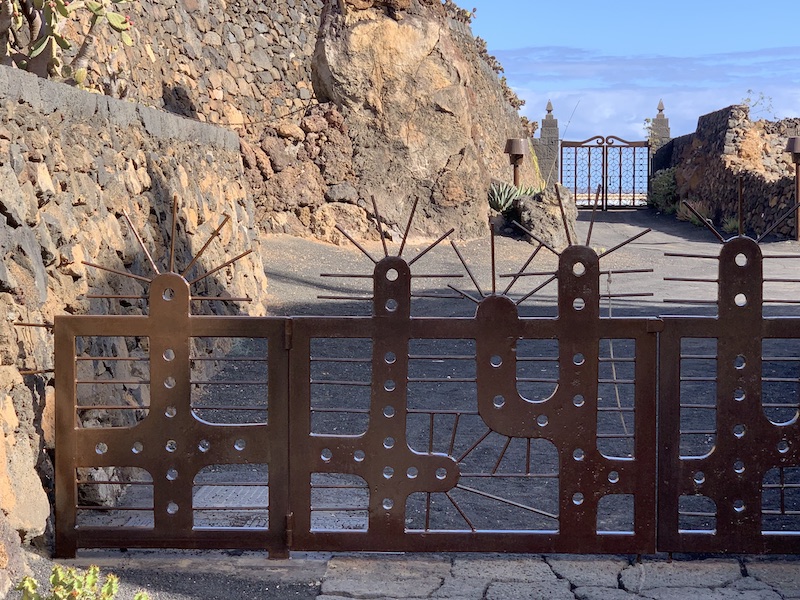
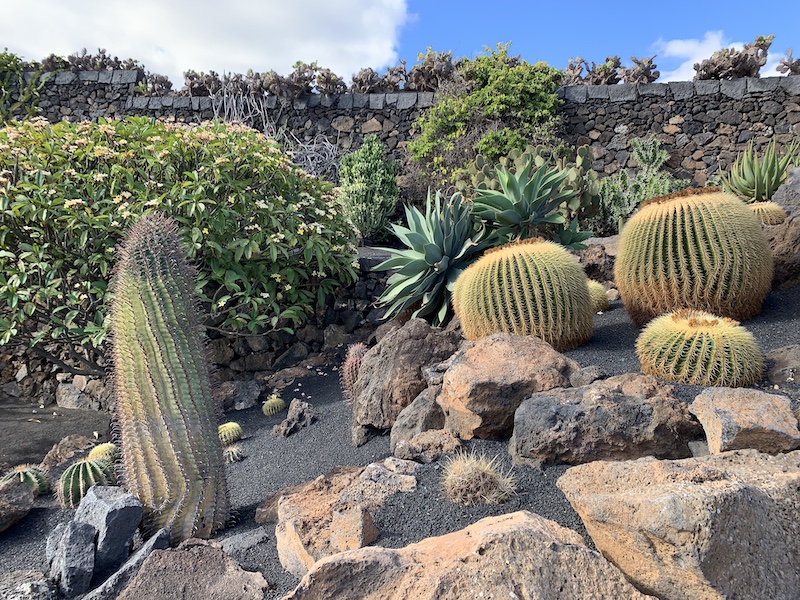
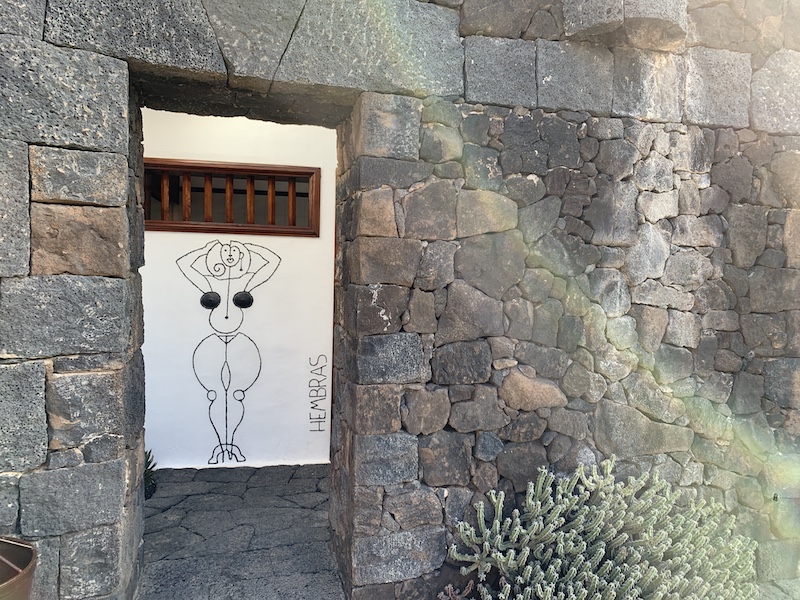
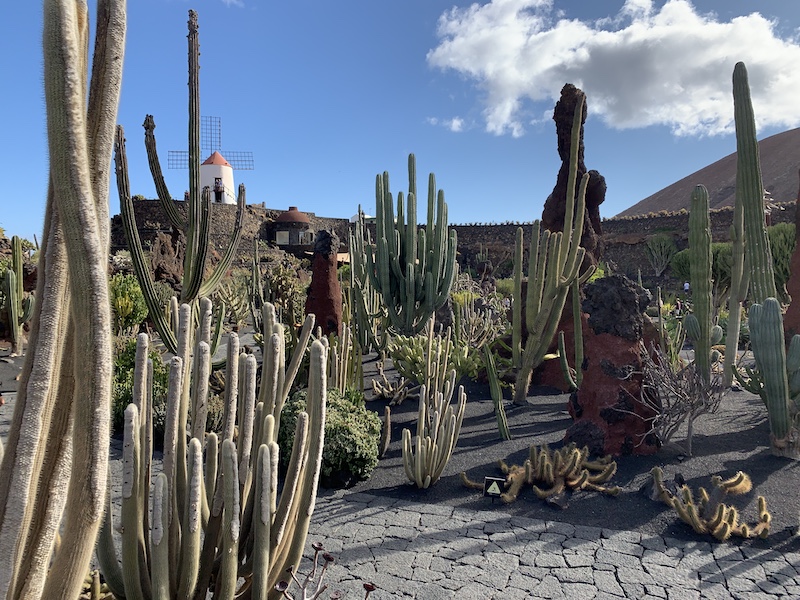
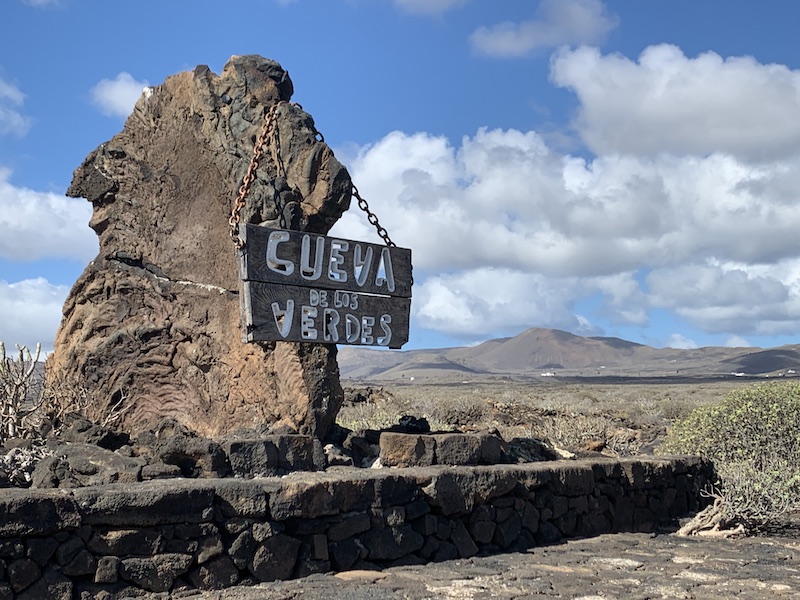
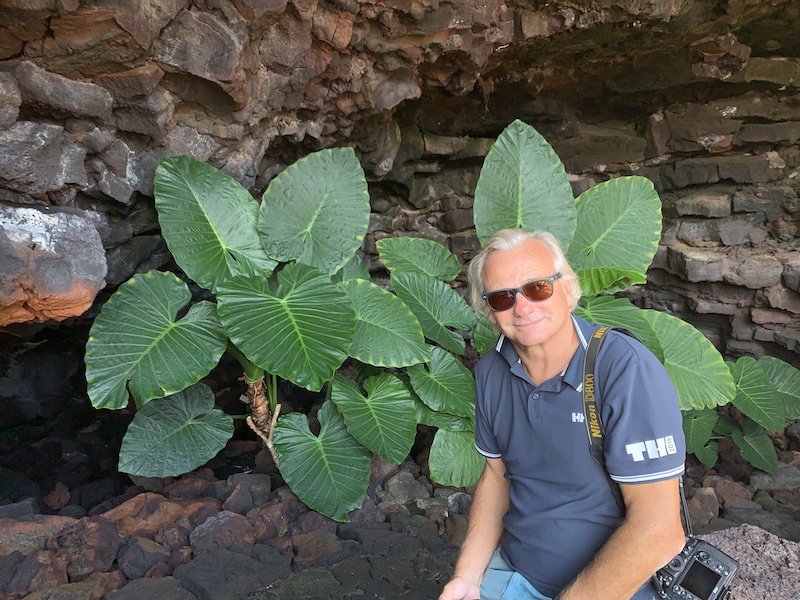

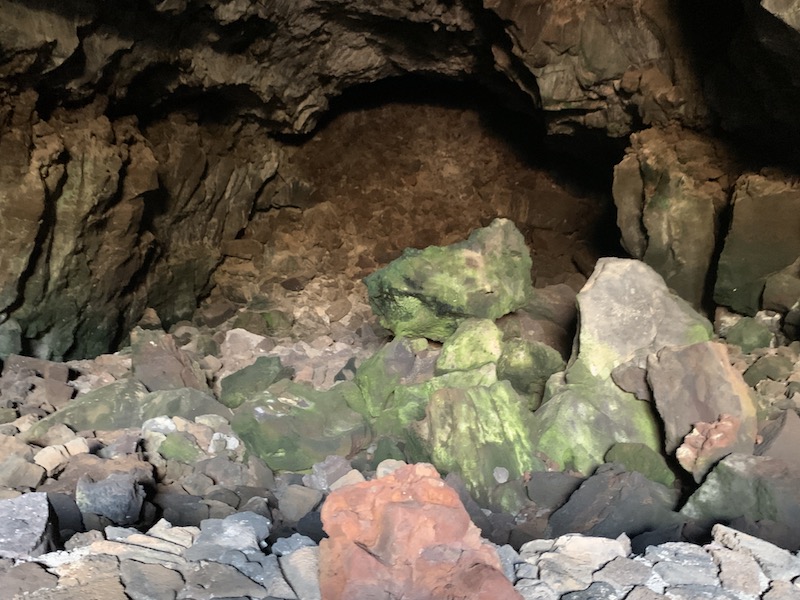
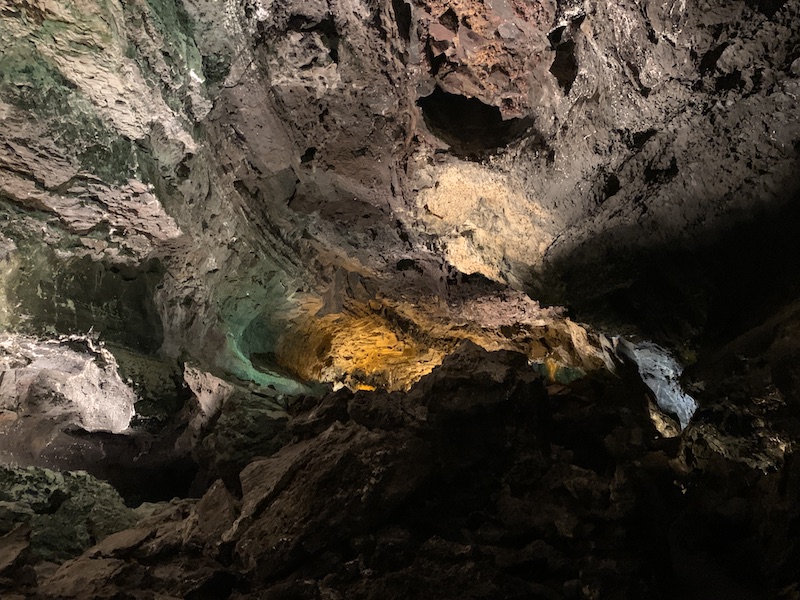
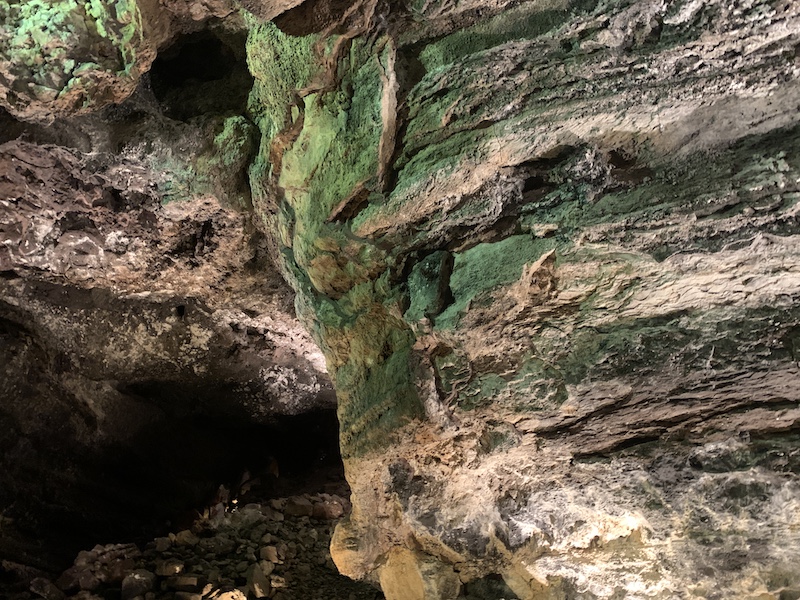
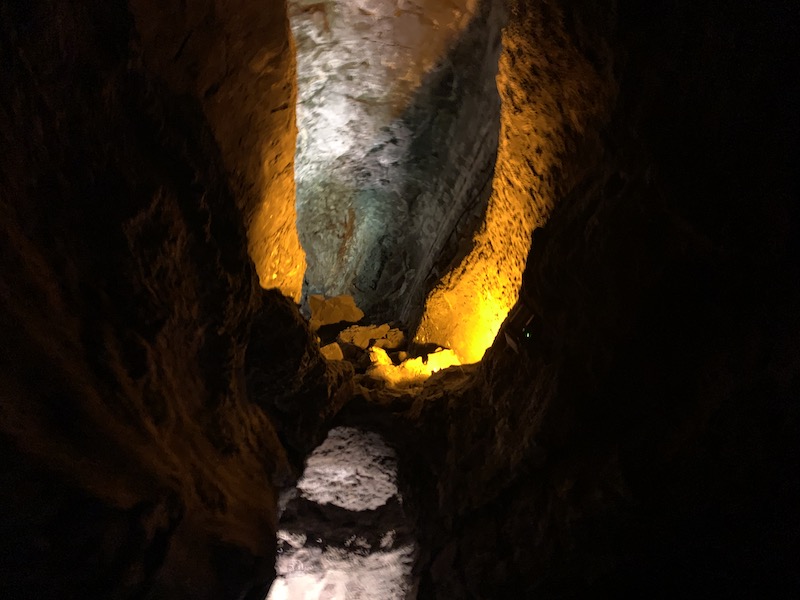
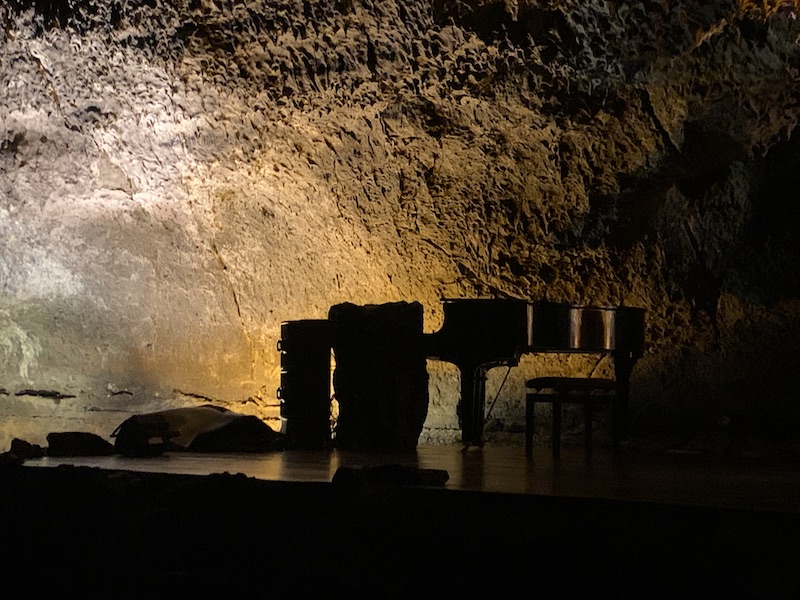
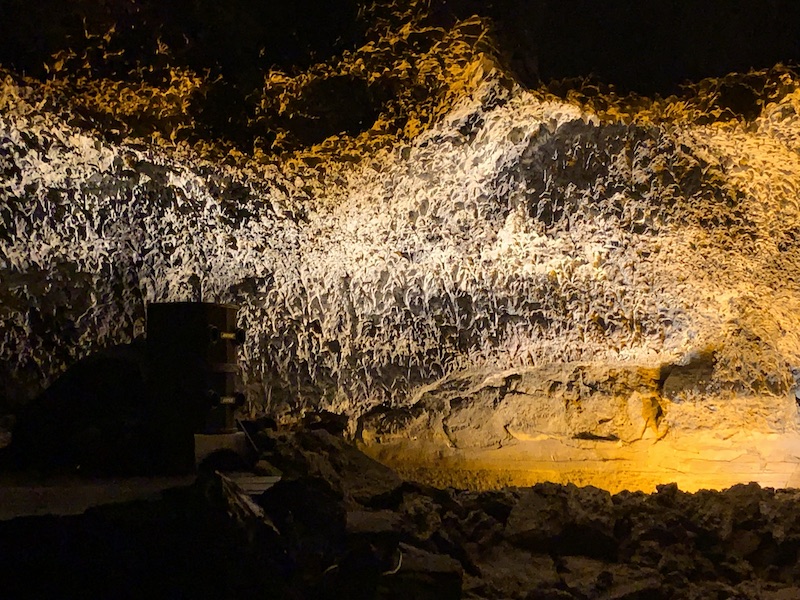
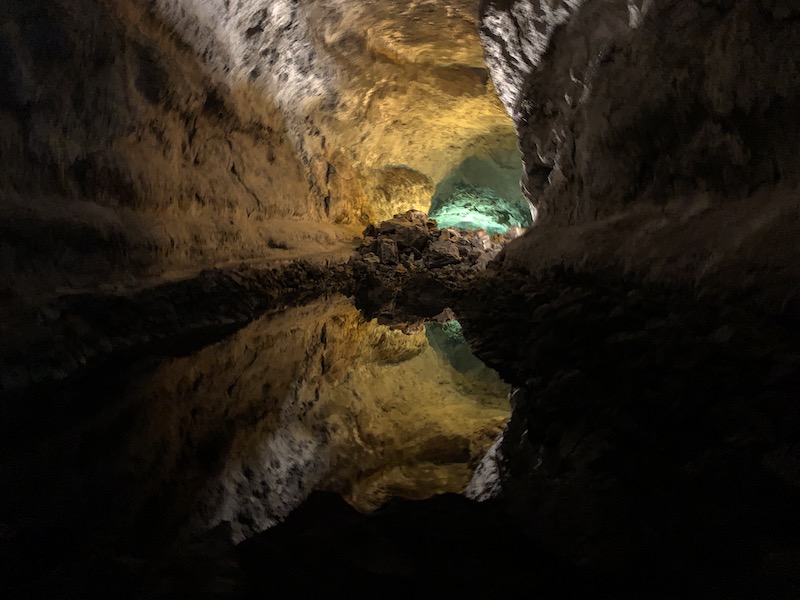
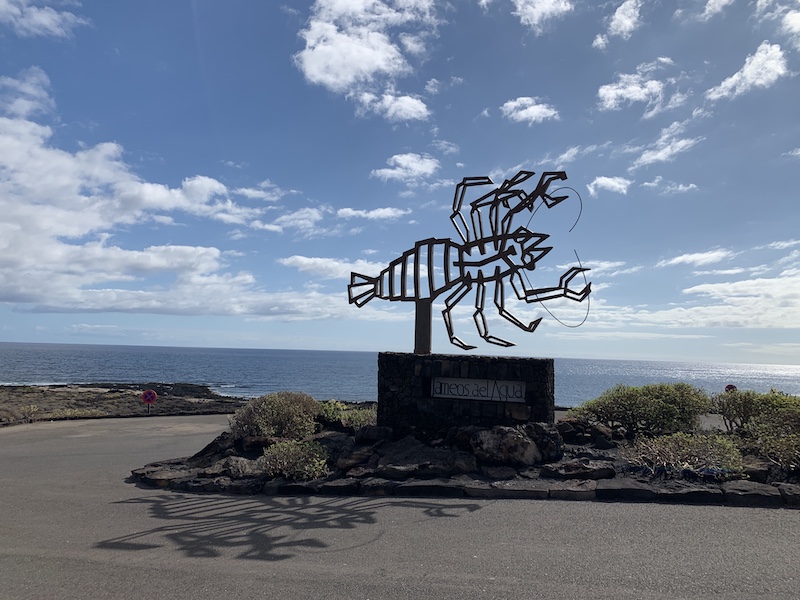
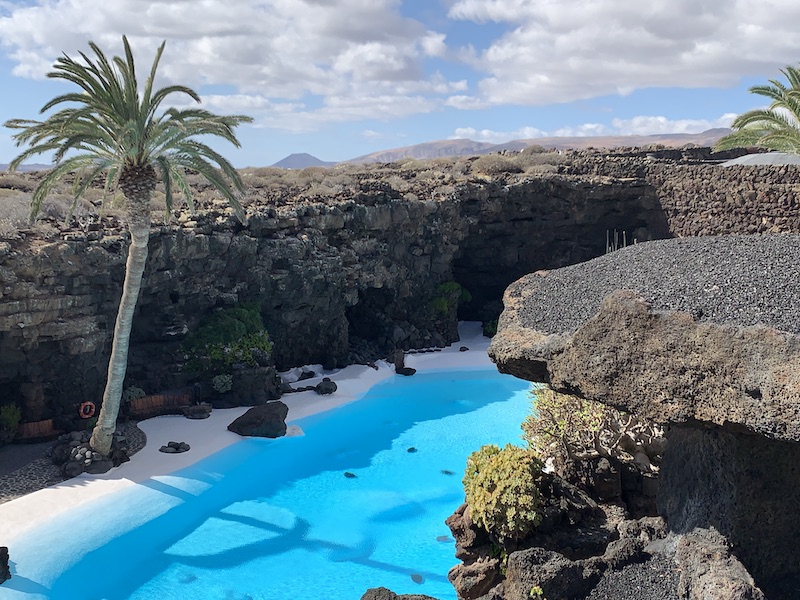
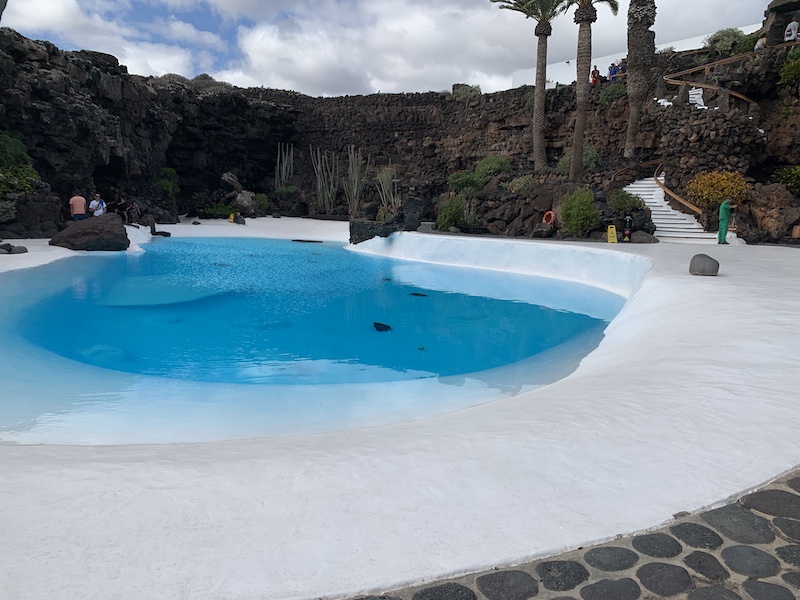
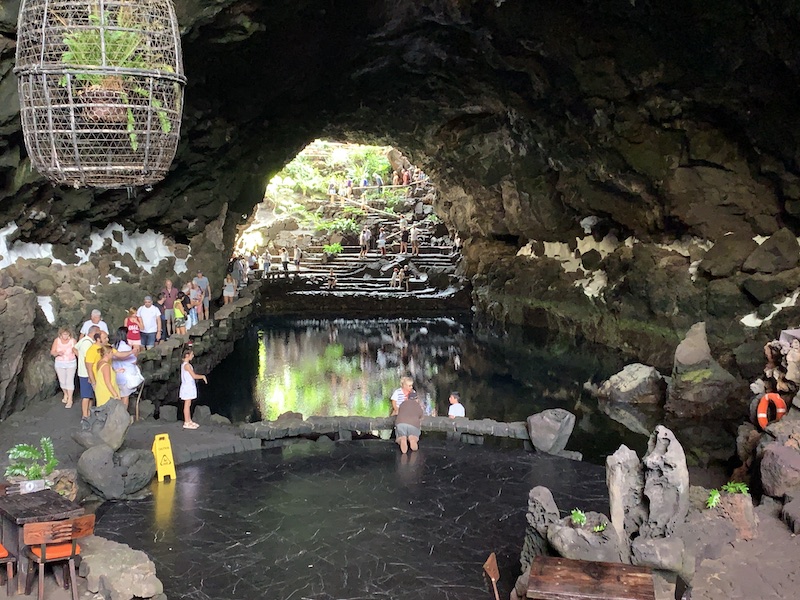
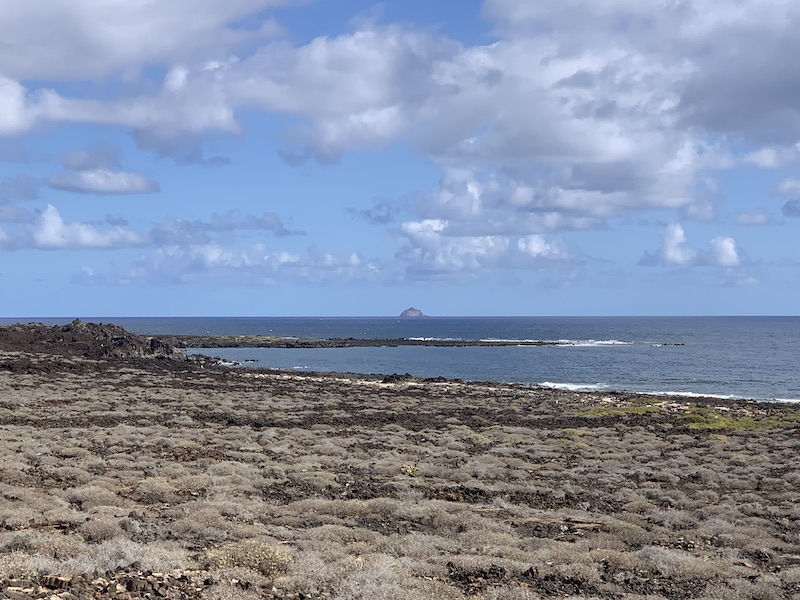
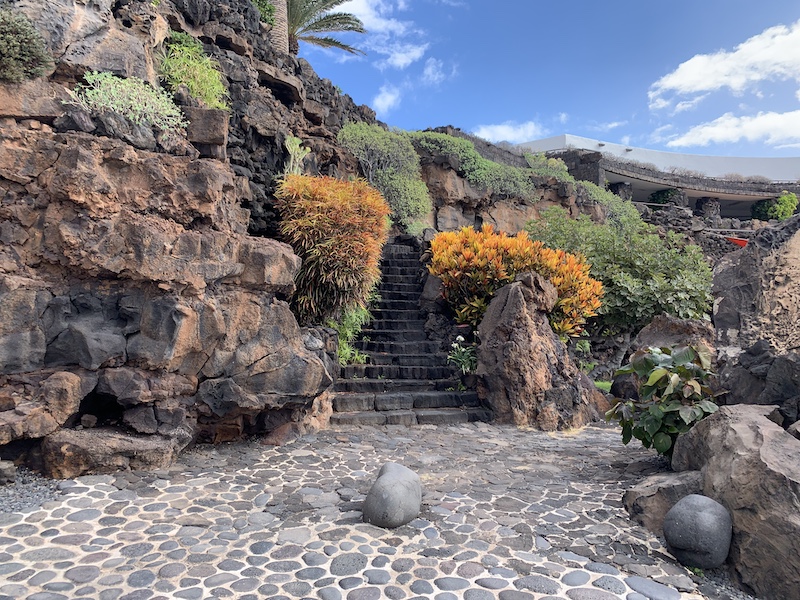
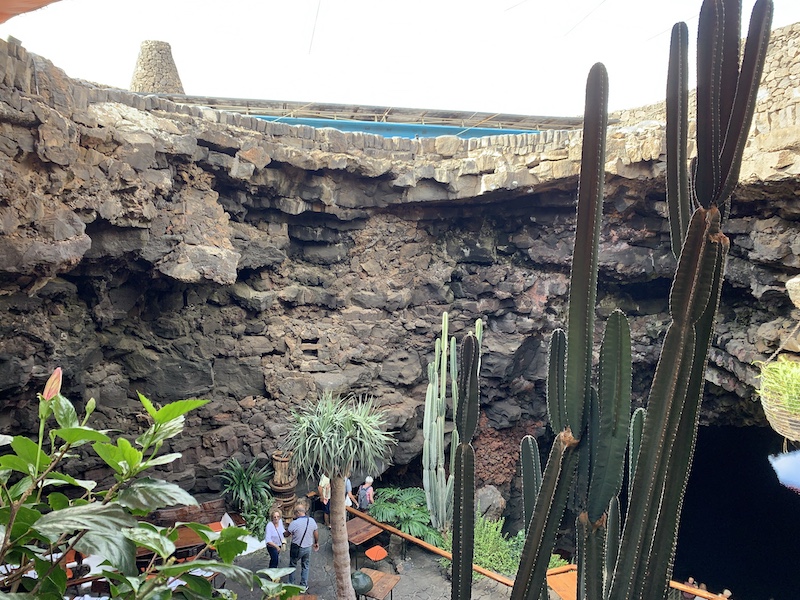
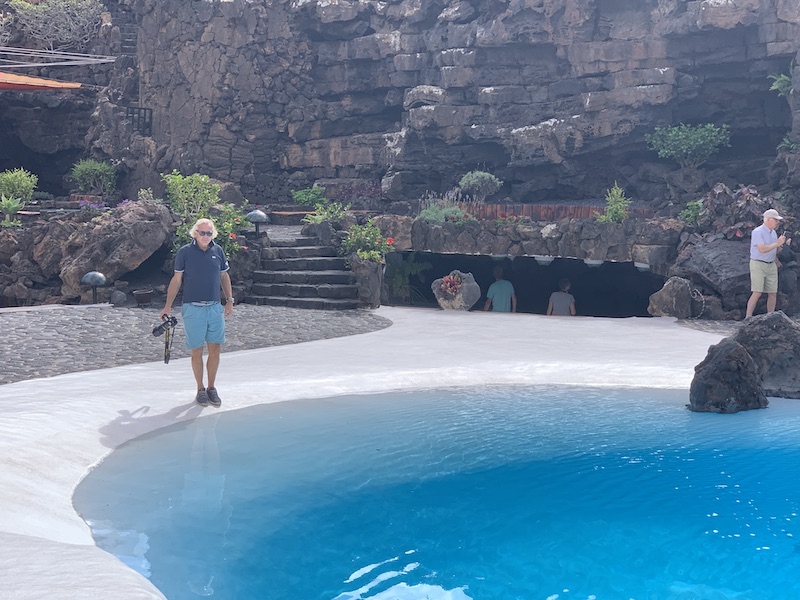
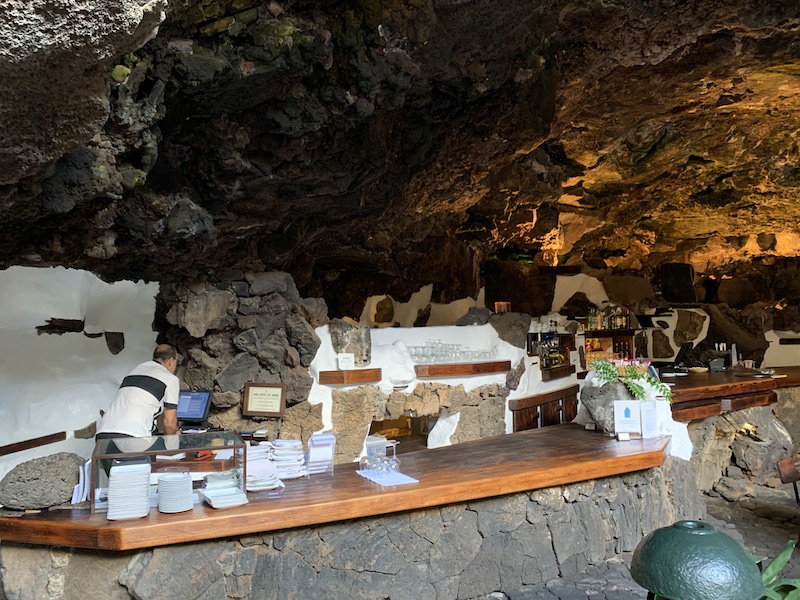
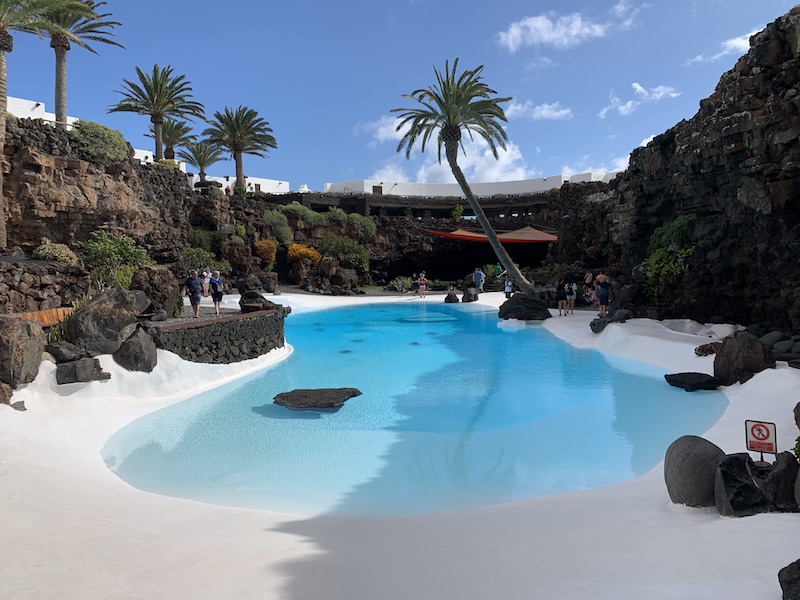
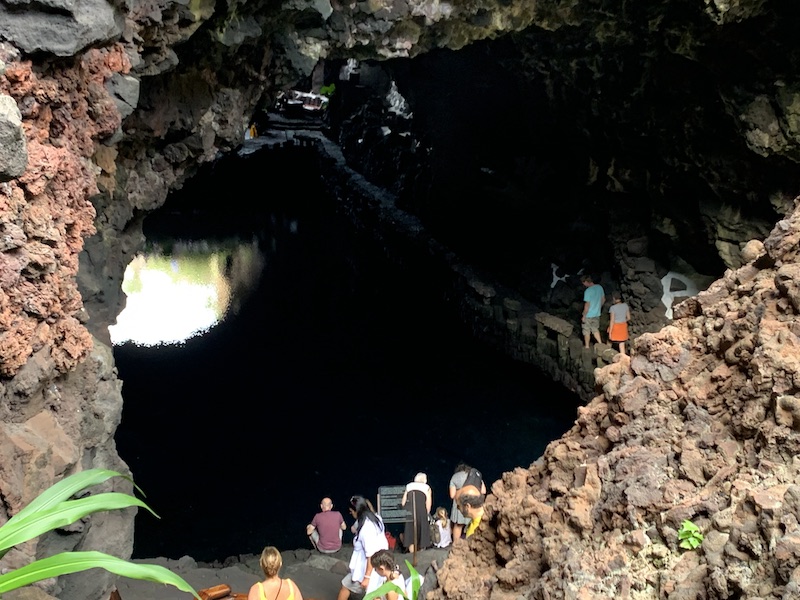
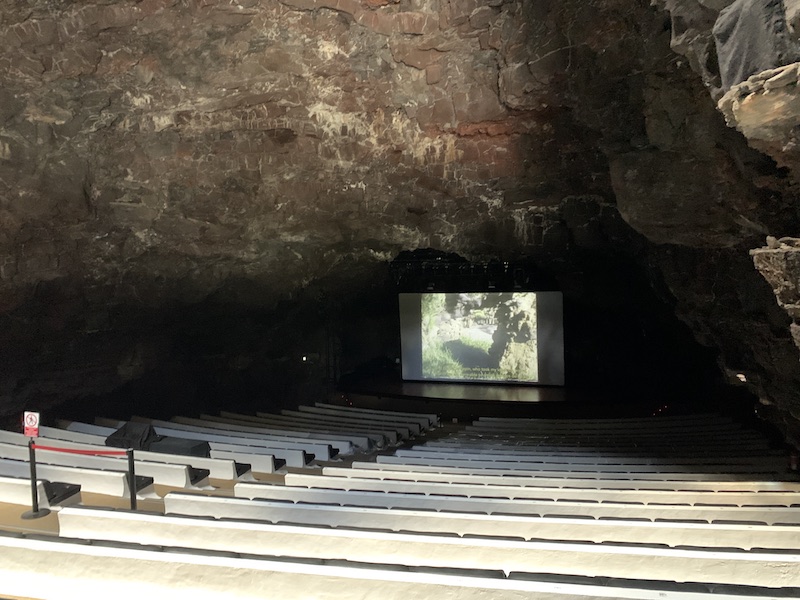
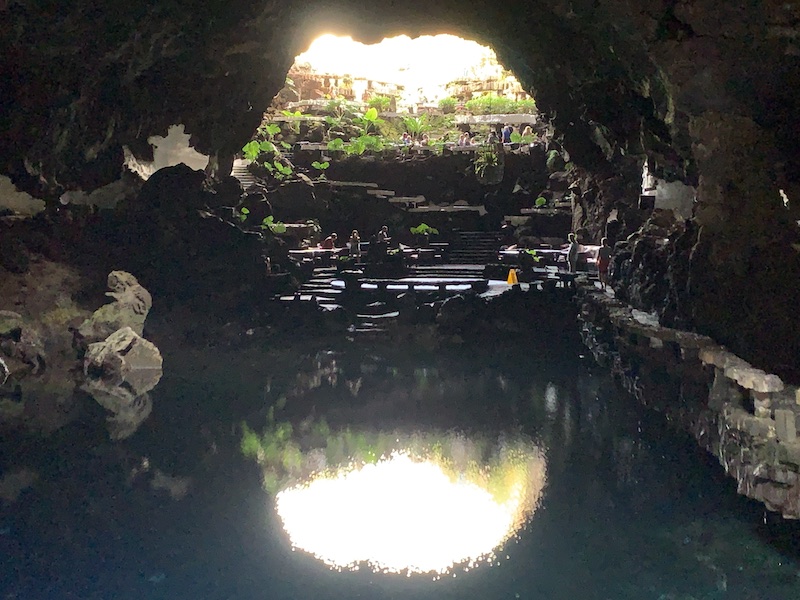
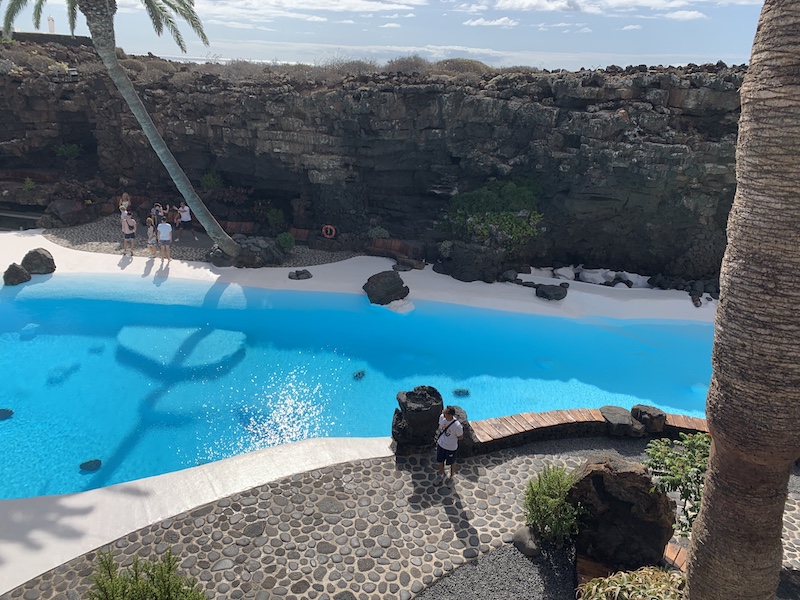
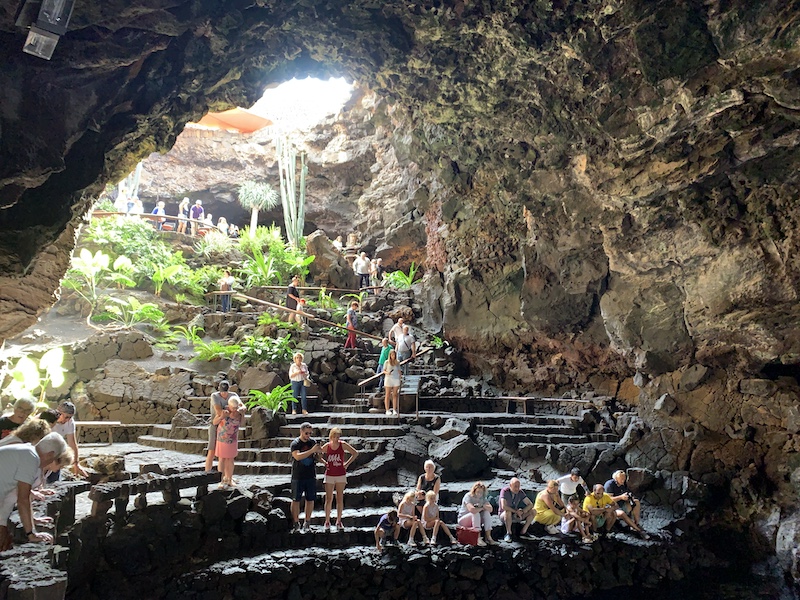
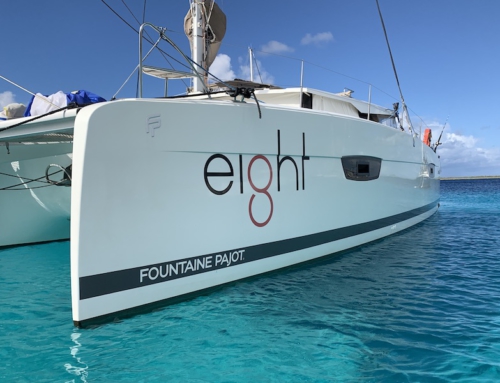
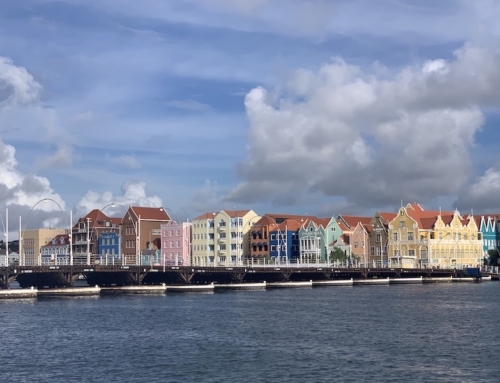
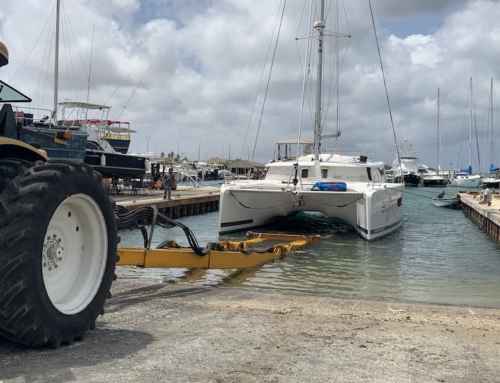
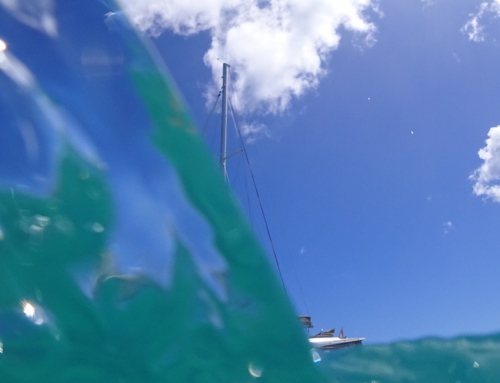
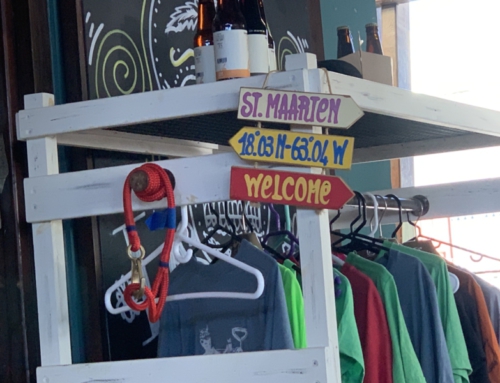
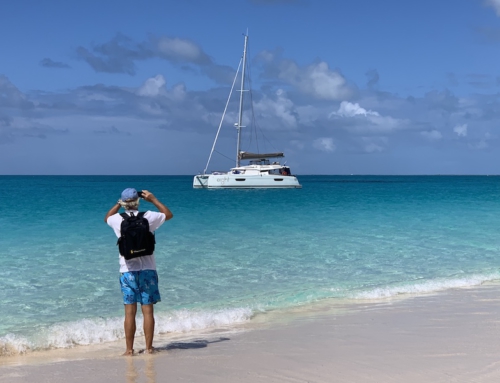
Leave A Comment